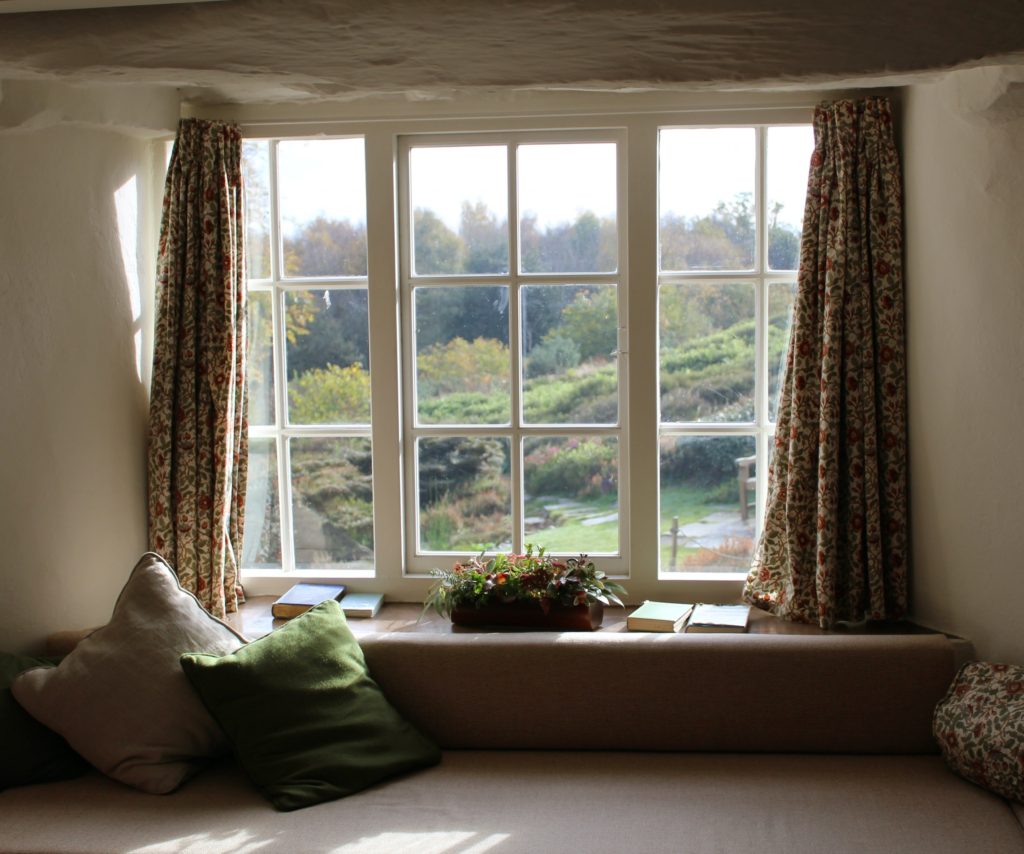When we’re stuck indoors for many days in a row, we tend to feel gloomy. Did you know sunlight is closely linked with our moods?
Contents
Light Energizes Our Minds
Various studies have shown that sunlight plays a vital role in maintaining physical and mental health. The human body produces vitamin D when exposed to ultraviolet light. Vitamin D assists the formation of our bones and teeth. Its intake prevents osteoporosis and other autoimmune diseases.
Our retina also regulates the body’s internal clock by processing sunlight. In fact, research shows that human life rhythm does not follow a 24 hour cycle. Our environments determine our wake and sleep cycle, and it actually slowly shifts by an hour every day. This shift can be prevented when we process light through our retina. Sunlight allows the brain to perceive day and night, adjusting our circadian rhythm to a 24 hour cycle in accordance. Therefore, the sun creates a significant impact on our body by gradually getting brighter in the early morning, and darker in the evening,
Winter Depression and Sunlight
Sunlight feels intense during the summer, but can feel weak during the winter. This soft winter light is a bit troublesome in terms of regulating our internal clock. Seasonal Affective Disorder (SAD) is a type of depression that manifests in the fall and winter. It’s difficult to notice its onset, but those who suffer from it tend to feel inexplicably sad, finding themselves a lot more sleepy. Other symptoms may include overeating and unintended weight gain as a result. Many species eat a lot of food in the fall to hibernate in the winter. We would think that this behavior only applies to wild animals, but in fact, humans can also show similar symptoms. Of course, a big part of it is the low temperature, but weak winter sunlight contributes significantly to these symptoms.
A nationwide study in the United States found that the number of people with Seasonal Affective Disorder increases with higher latitudes. With significant differences in sunlight hours depending on the seasons and regions, we can see that sunlight impacts our emotional health and life style.

Light Brightens Our Soul
An effective method for treating Seasonal Affective Disorder is light therapy. Patients are exposed to light that is much more intense than the usual fluorescent lighting at home. A special room is used, exposing the patient to this high-intensity light for 1~2 hours a day, every day for a week. It’s important for the light to reach the retina, so the patient needs to look at the light for 20~30 seconds every minute. This makes it sound like it’s a special therapy that’s inaccessible for most people. Fortunately, that’s not true. Tabletop lightings are now available so that we can replicate this high-intensity light therapy at home.
Light; More Than Just Seasonal
Light therapy is not only for seasonal depression. It’s been scientifically proven to work for generalized depression as well. Patients with depression who did not respond well to medication, had symptoms of sleep deprivation, and a loss of appetite, all reported better results through light therapy. Some patient started to feel lighter after a week of receiving high-intensity light therapy. After two weeks, patients were able to go out for walks. After four weeks, their symptoms of depression were almost completely gone. Many of us generally feel better after sunbathing, but most of us don’t recognize the phenomenonal medical significance and benefits we gain from sunlight alone.
How to Incorporate Sunlight Every Day

1. Open your curtains.
Rain or shine, open your curtains every morning after waking up. It’s imperative that you bathe in the morning sunlight, especially if you use blackout curtains. Even if you feel half-asleep, incorporate this act into your daily routine. If possible, leave the curtains open until the sun gradually goes down. This will help your body maintain a proper circadian rhythm. Also, if the sky is sunny, consider opening the windows to ventilate the room. Allowing fresh air into your house can improve concentration and reduce the risks of viral infections.
2. Go on a walk.
Daily walks helps with our mental and physical health. Healthy amounts of sunlight exposure will help produce vitamin D, maintaining the formation of your bones and teeth. Going for a walk also alleviates our symptoms of physical discomfort and depression from being home all day.
The relationship between sunlight and the human body are magical. Let’s try to actively incorporate sunlight to maintain a healthy lifestyle.
→ Looking to improve your mental health? Try the SELF MIND app FREE for 1 week!
If you’re looking for more tips on how to care for your mental health, check out some of our past blog posts!
References:
Kamei, Y., Enomoto, T., Akiyama, Y., Uchiyama, M., Okawa, M., & Urata, J. (1998). A Case of Non-seasonal Depression Improved by Bright Light Therapy. Japanese Journal of National Medical Services, 52(10), 614-617. doi: 10.11261/iryo1946.52.614
Miyauchi, M., & Nakajima, H. (2013) The solar exposure time required for vitamin D3 synthesis in the human body estimated by numerical simulation and observation in Japan. Journal of Nutritional Science and Vitaminology, 59, 257-263.
Murakami, J., & Yamada, N. (2002). Light and Mood. Journal of the Illuminating Engineering Institute of Japan, 86(6), 378-380. doi: 10.2150/jieij1980.86.6_378



